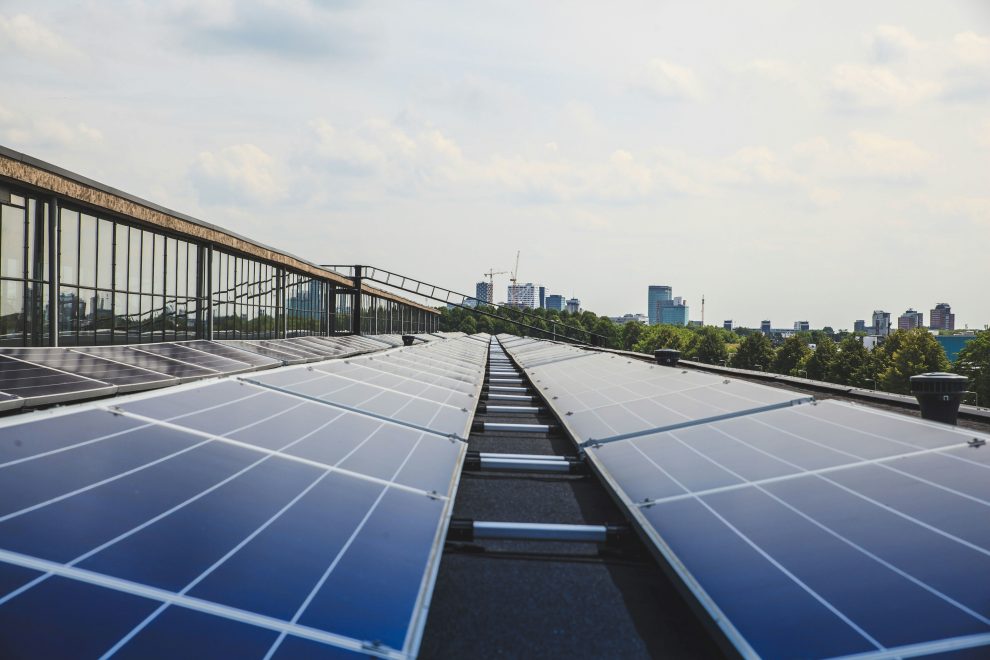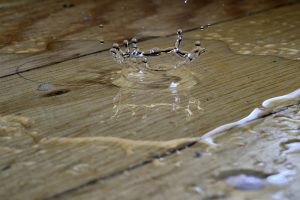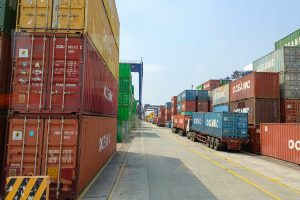On May 7, 2025, the New York State Legislature passed the annual state budget. Among the provisions is funding for the “purchase and installation of energy-efficient equipment” for residential cooperative and condominium apartments. This is a welcome development, as it ensures these apartments receive the same support as individual homes. The primary beneficiaries of this change are senior citizens and low- to moderate-income apartment owners.
The funding is held by the New York State Energy Research and Development Authority (NYSERDA). NYSERDA is a New York public- benefit corporation tasked with promoting renewable energy, enhancing energy efficiency, cutting greenhouse gas emissions and reducing dependence on fossil fuels. NYSERDA may be located at nyserda.ny.gov.
The funds are budgeted for the fiscal year of 2026. Notwithstanding, NYSERDA will have to develop a program, rules and application forms. In this process, the Council of New York Cooperatives and Condominiums will advocate for eligible unit owners and shareholders. This concludes any good news regarding Local Law 97 for co-op and condo owners.
Meanwhile, the rest of the co-op and condo unit owners in New York City face massive fines and costs for compliance with Local Law 97. Significantly, a bill in the City Council with 22 sponsors intended to reduce the burdens on residential co-op and condo buildings is stalled. City Council Speaker Adrienne Adams will not move the bill.
For years, it has been obvious that residential coop and condo buildings were the real target under Local Law 97. The city feared burdening commercial real estate, particularly in the post- COVID-19 period. Public buildings, affordable housing and single-family homes are exempt, leaving only 25,000-square-foot multifamily co-ops and condos to pay the fines, fees and taxes. Also, they are the only parties forced to make upgrades, with few exceptions, without public funds being made available to all other parties.
There is no clear rationale for this discrepancy, especially considering that residents of multifamily apartments typically consume about 50% less energy on average than those in single-family homes, according to the U.S. Energy Information Administration’s 2018 article on its Energy Consumption Survey and the Environmental Protection Agency’s “Location Efficiency and Housing Type” report.
Accordingly, in New York City, those who use less energy to begin with — namely, those living in multifamily buildings — are penalized with higher taxes, fines and retrofit costs than those living in single-family homes that use disproportionately more energy.
Co-operative and condominium boards are between a rock and a hard place. Residents pay up to five times as much in property taxes as owners of comparably valued single-family homes. Thus, co-op and condo boards are constrained to add burdens to already over-taxed unit owners and shareholders, yet they are obligated to either pay fines and taxes or fi nd money to retrofit the buildings.
Sadly, many of these buildings have ignored the risks of Local Law 97, believing the fines and taxes would be abated. But the city’s budget is in chaos, and the fines and taxes are going to be assessed against residential co-ops and condos.
The best advice for these beleaguered buildings is to turn off lights, use motion sensors to switch lights on in trash rooms and hallways overnight, change all bulbs to LED, reduce heat in hallways and add insulation wherever possible.
This column presents a general discussion. This column does not provide legal advice. Please consult your attorney for specific legal advice.
Carol A. Sigmond
Partner
Greenspoon Marder LLP
1345 Avenue of the Americas, Suite 2200
New York, NY 10105
carol.sigmond@gmlaw.com
(212)524-5074






















